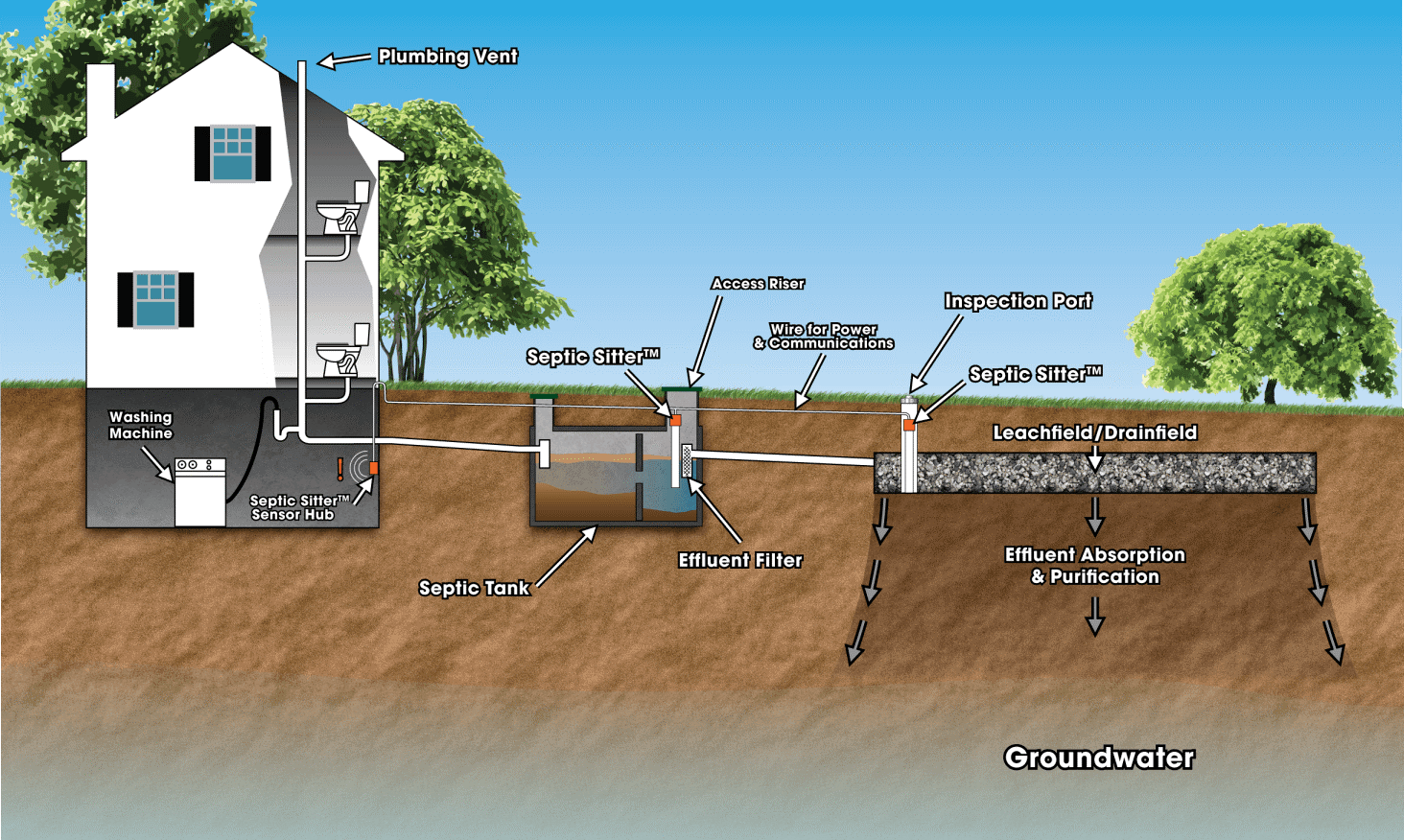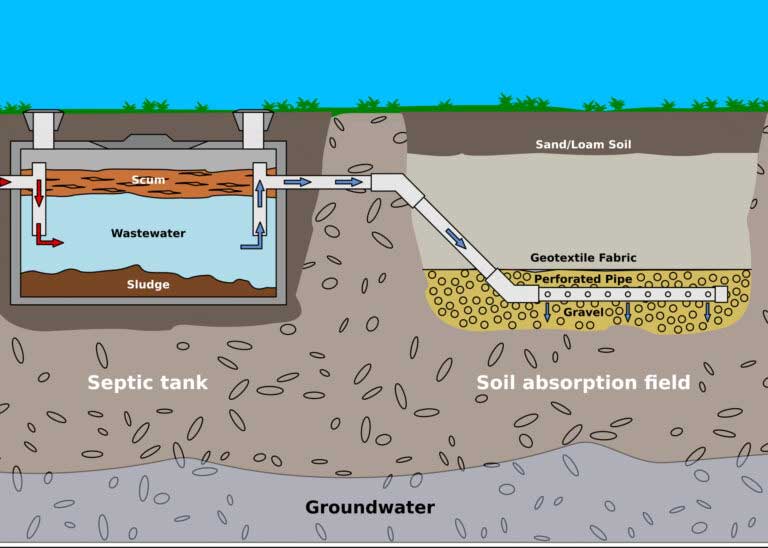Your septic system, a diligent workhorse behind the scenes, silently processes household wastewater, ensuring a clean and comfortable living environment. At the heart of this system lies a critical component—the leach lines, the unsung heroes responsible for disposing of treated wastewater. But when it comes to maintaining your septic system, knowing the location of these leach lines becomes paramount. In this comprehensive guide, we’ll embark on a journey to uncover the secrets of finding your septic leach lines, empowering you with the knowledge to ensure the seamless operation of your home’s sanitation system.

Image: trenchpress.com
Deciphering the Anatomy of Septic Leach Lines
Septic leach lines, also known as drain fields, are strategically placed underground pipes or trenches designed to disperse treated wastewater from the septic tank into the surrounding soil. These lines are typically made of perforated plastic or concrete and extend radially from the septic tank, allowing the wastewater to slowly seep into the ground. The soil’s natural filtration capabilities then purify the wastewater, preventing contamination of groundwater and ensuring a healthy environment.
Embarking on the Quest: Locating Septic Leach Lines
Locating septic leach lines might seem like an enigmatic task, but with the right approach, it can be an achievable endeavor. Here’s a step-by-step guide to assist you in this quest:
-
Review Property Documents: As a starting point, scrutinize any available property documents, such as blueprints or septic system inspection reports. These documents often contain valuable information regarding the location and layout of your leach lines.
-
Inspect the Topography: Septic leach lines are typically situated in flat or gently sloping areas of the property. This topography allows for proper drainage and prevents wastewater from pooling or overflowing.
-
Seek Vegetation Clues: Vegetation can provide subtle clues to the whereabouts of leach lines. Lush, green grass or dense vegetation in specific areas might indicate the presence of moisture, a potential sign of buried leach lines.
-
Engage with a Professional: Consider hiring a septic system professional to assist in locating the leach lines. They possess specialized equipment like ground-penetrating radar or dye testing to pinpoint the exact location of these lines accurately.
Unwavering Maintenance: Ensuring Optimal Septic System Health
Once you’ve successfully discovered your septic leach lines, proactive maintenance becomes crucial for preserving the longevity of your septic system and safeguarding the well-being of your household. Here are some essential maintenance practices to follow:
-
Preventative Pumping: Regularly scheduled septic tank pumping removes accumulated solids and sludge, preventing them from entering and clogging the leach lines. Aim for pumping every 3-5 years.
-
Watch Your Water Consumption: Excessive water usage can overwhelm the septic system and compromise the absorption capacity of the leach lines. Monitor and conserve water by installing low-flow appliances and reducing unnecessary water usage.
-
Plant Wisely: Avoid planting trees or large shrubs near the leach lines, as their extensive root systems can penetrate and damage the lines.
-
Drive Cautiously: Refrain from driving or parking heavy vehicles over the leach lines, as the weight can compact the soil and hamper drainage.
By embracing these maintenance practices, you can ensure that your leach lines remain unobstructed and continue to perform their vital role in the efficient operation of your septic system.

Image: www.peaksewer.ca
How To Find Septic Leach Lines
Conclusion: Empowering Homeowners with Septic Knowledge
Unveiling the hidden world of septic leach lines is a fundamental aspect of responsible homeownership. By comprehending how to locate and maintain these critical components, you’ll gain the power to prevent costly repairs, protect your family’s health, and ensure the seamless functioning of your septic system.
If you suspect any issues with your septic leach lines, don’t hesitate to contact a licensed septic system professional for prompt attention. Remember, a well-maintained septic system is a foundation for a healthy and worry-free living environment.